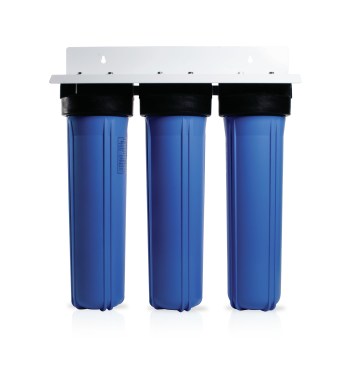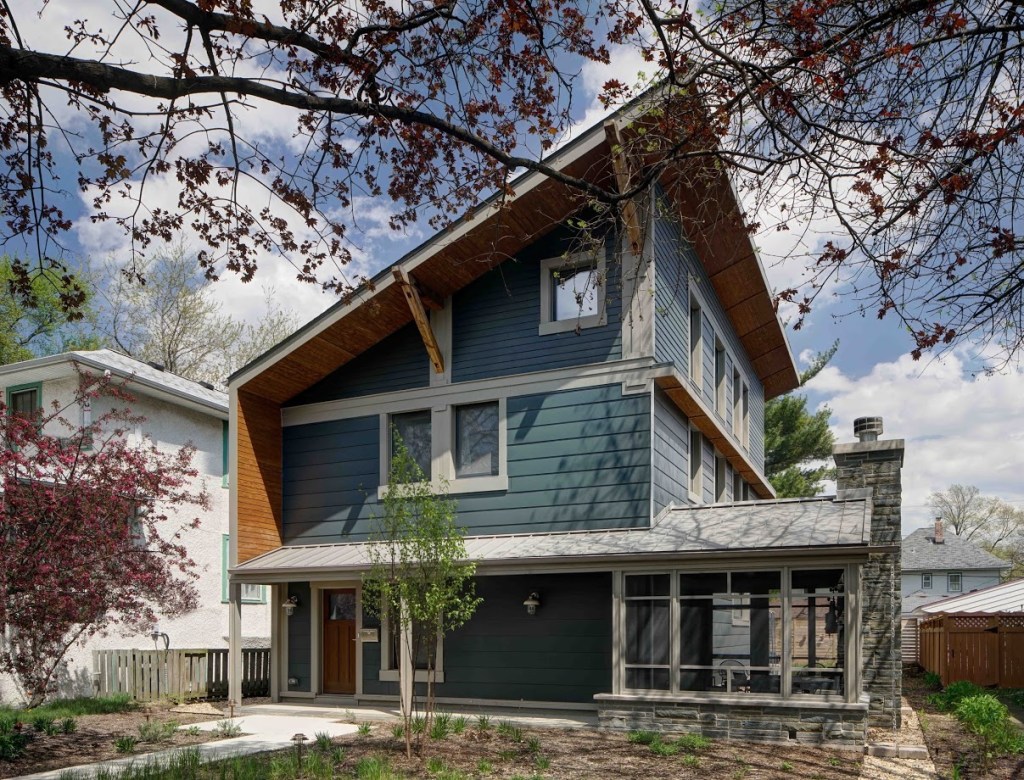Building scientists say designing and constructing healthy homes involves a few simple principles: plentiful fresh air, nontoxic or low-toxic building materials, and moisture control. The first thing builders can do to mitigate indoor air problems is ask manufacturers what is in their products. Product certifications like Greenguard, Cradle to Cradle and the International Living Future Institute’s Declare label make sorting through product options easier than it’s ever been.

FRESH WATER: In the APEX Whole House GAC Water Filter System, water passes through three stages of filtration to remove contaminants. A compact design with a built-in frame and metal fittings makes installation easy. www.apexwaterfilters.com
Flashing and airsealing is critical as well. If exterior water is finding its way into a home via leaky windows and roofs, it cannot be considered a healthy home. The contrary can be true, too: Well-sealed buildings can trap in toxic chemicals, mold, pollen, and other irritants so installing a balanced ventilation system with MERV filtration is critical for superior comfort and air quality. Make sure your HVAC contractor distributes it throughout the home to ensure that fresh air gets to important but hard-to-reach places like above beds.
To protect against deadly vapors, install carbon monoxide detectors on every floor and within 15 feet from all bedrooms and place a radon vent below the basement slab that vents through the roof.
Other considerations include whole-home water filtration and hypoallergenic, cleanable surfaces. The EPA Indoor airPLUS guidelines require hard-surface flooring in kitchens, bathrooms, and entryways because they’re easier to clean. Soft surfaces trap dirt, dust, and contaminants that can trigger respiratory issues.



